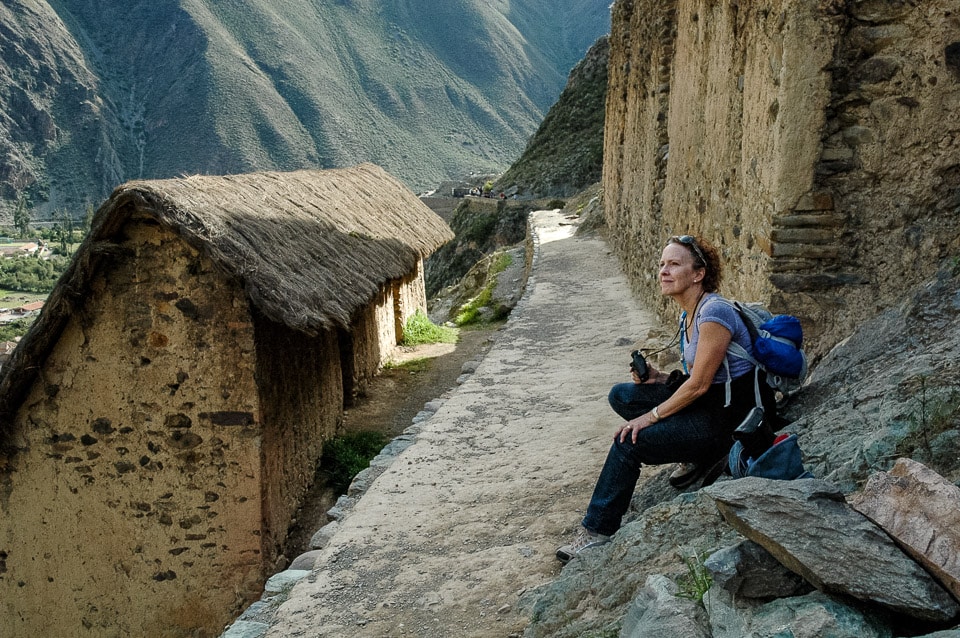
The Sacred Valley of Peru, nestled high in the Andes mountains, offers a breathtaking tapestry of history, natural beauty, and spiritual enlightenment. Any serious travel enthusiast and avid adventurer needs to put this destination on their short list.
Table of Contents
Overview of the Sacred Valley
Note: this is an update to a series of photo posts from 2011.
The Sacred Valley, known as Valle Sagrado in Spanish, stretches along the Urubamba River, encompassing picturesque towns, ancient ruins, and traditional villages. Surrounded by the towering Andes and vibrant green valleys, this region was once the heartland of the 15th Century Inca Empire and Inca society. Today, it stands as a testament to their incredible architectural and agricultural prowess. As any student of history knows, the Inca Empire was destroyed, and the Inca Emperor Atahualpa was murdered during the Spanish conquest led by Francisco Pizarro.
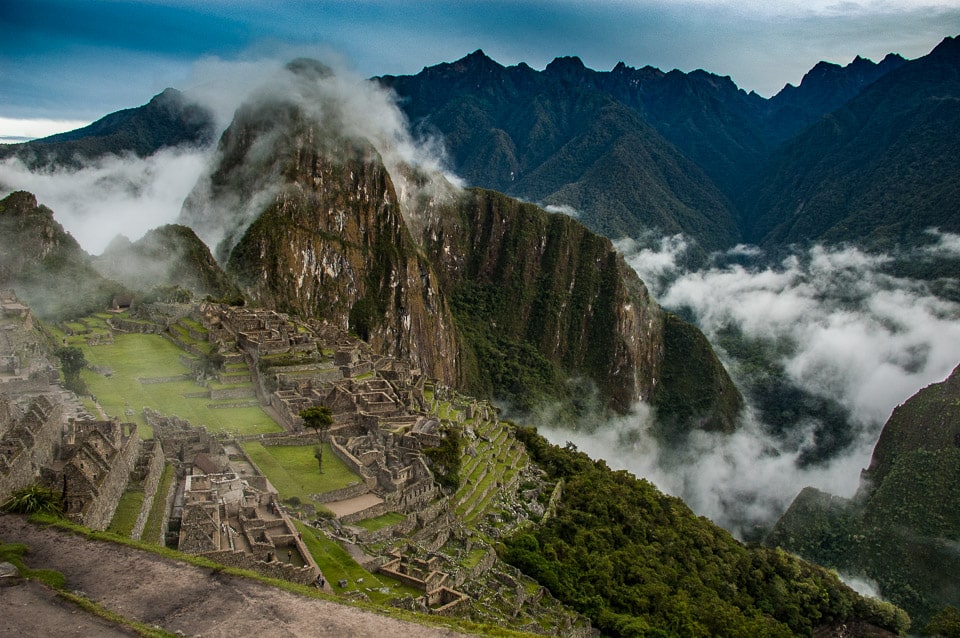
Exploring Machu Picchu
The ultimate goal of visiting the Sacred Valley is, of course, the awe-inspiring Machu Picchu. As one of the New Seven Wonders of the World, this mystical city draws visitors from all over the world. Peru is now limiting the number of visitors that are putting pressure on this irreplaceable site.
The Lost City of the Incas
A UNESCO World Heritage Site, Machu Picchu is a testament to the ingenuity of the Inca civilization. This ancient citadel perched high in the clouds offers a glimpse into the mysterious lives of the Incas. From its intricate stone architecture to the breathtaking panoramic views, Machu Picchu is a marvel.
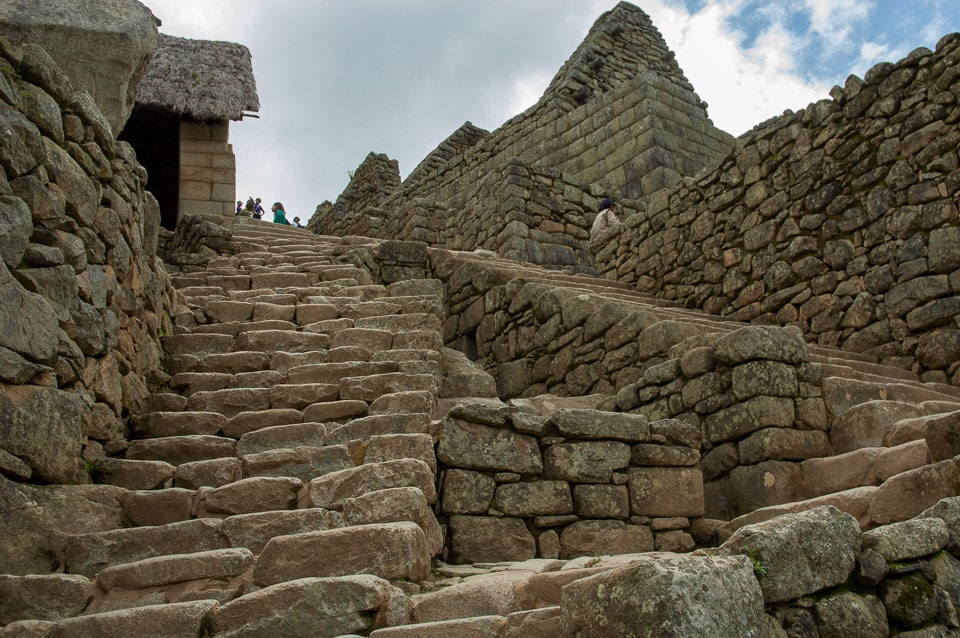
Getting to Machu Picchu
To reach Machu Picchu, you can embark on the iconic guided Inca Trail trek, an exhilarating adventure hike through the rugged Andean landscape. Alternatively, you can opt for a scenic train ride from Cusco or the town of Ollantaytambo. Guided tours of the valley, which terminate at Machu Picchu, are also an option.
The best way to actually visit Machu Picchu is to arrive in the evening before your scheduled visit and stay in the town of Aguas Calientes. That way, you can get up at dawn, take a bus up the mountain, and be among the early timed entries. You want to get to Machu Picchu before the late morning train arrives full of tourists from Cusco.
As the name suggests, (Aguas Calientes means hot waters,) there are thermal baths there where you can take the edge off after all the hiking and climbing you've been doing in the Sacred Valley.
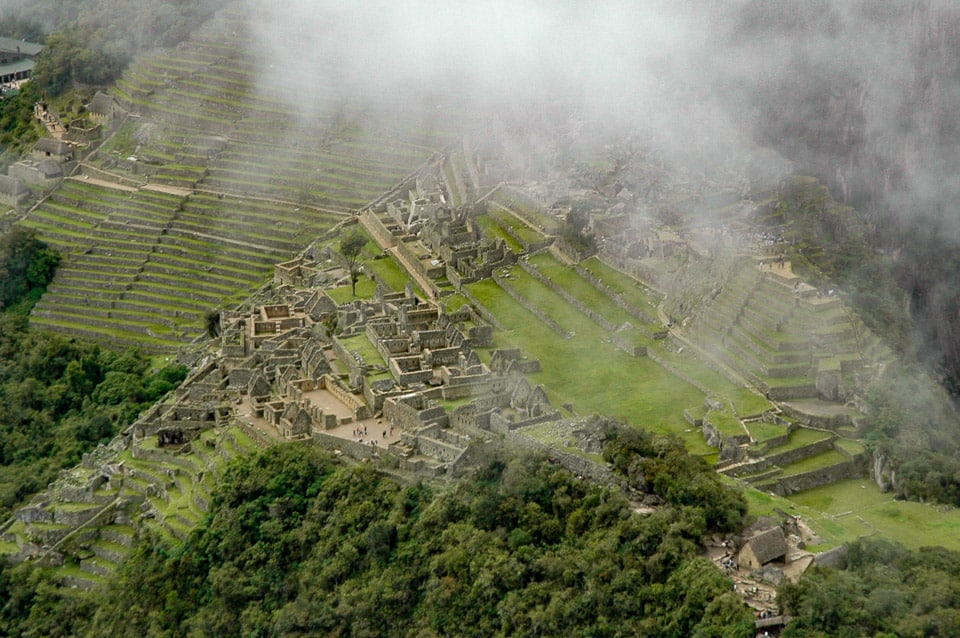
Hiking Options
For adventure enthusiasts, hiking options abound in the surrounding area. Consider climbin Huayna Picchu, the towering peak overlooking Machu Picchu, or embark on the lesser-known but equally enchanting trek to the Sun Gate. Be aware, the climb up Huayna Picchu is not easy. And, the number of climbers is limited. You'll have to reserve your climb in advance. We were the first of the day to climb Huayna Picchu, which takes between 30 and 60 minutes, depending on how fit you are. From the top of the overlook, you'll get a spectacular view of Machu Picchu below you. The day we climbed, we had to wait about two hours for the clouds over Machu Picchu to clear before we could see the spectacle below us.
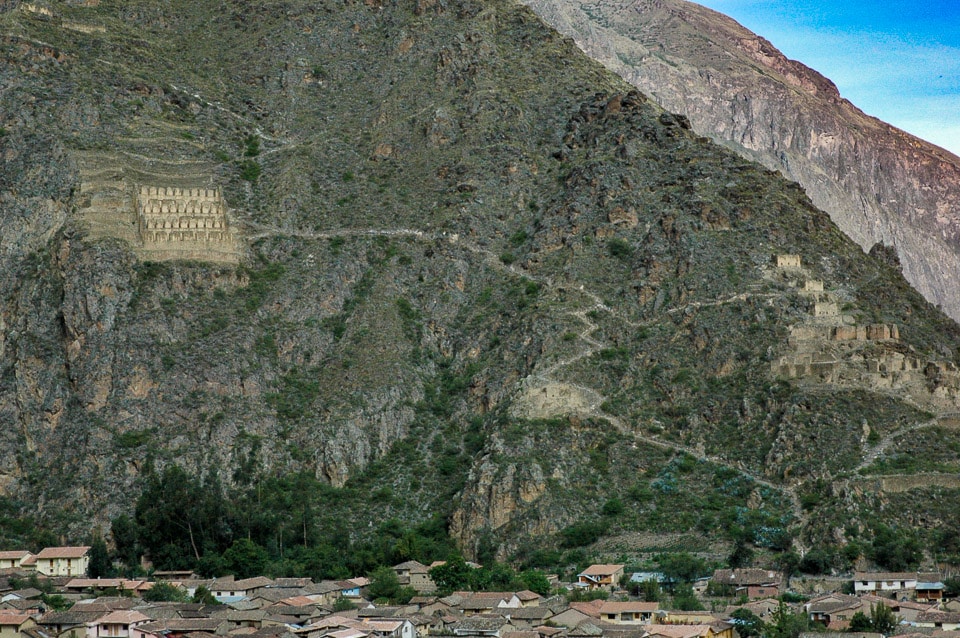
Ollantaytambo: The Living Inca City
Nestled at the western end of the Sacred Valley, Ollantaytambo is a living testament to Inca urban planning and architecture. This charming town offers a captivating blend of history, culture, and natural beauty.
The Majestic Ruins
Ollantaytambo's main attraction is its archaeological complex, showcasing colossal stone terraces and intricately carved monoliths. Ascend to the Temple of the Sun for a mesmerizing view of the town and the surrounding valley. The energy and mystique of this ancient site are palpable.
Traditional Market
Immerse yourself in the modern local culture by visiting Ollantaytambo's bustling market. Here, you'll find a vibrant array of textiles, handicrafts, and fresh produce. Engage with the friendly locals, barter for unique souvenirs, and savor the flavors of traditional Peruvian cuisine. Don't miss the classic Quechua Blues Bar and Café.
Experiencing Local Culture
To truly connect with the soul of Ollantaytambo, wander through its narrow cobblestone streets lined with Inca walls. You might stumble upon a traditional festival or encounter locals dressed in vibrant traditional attire. This living Inca city offers a genuine glimpse into the region's rich heritage.
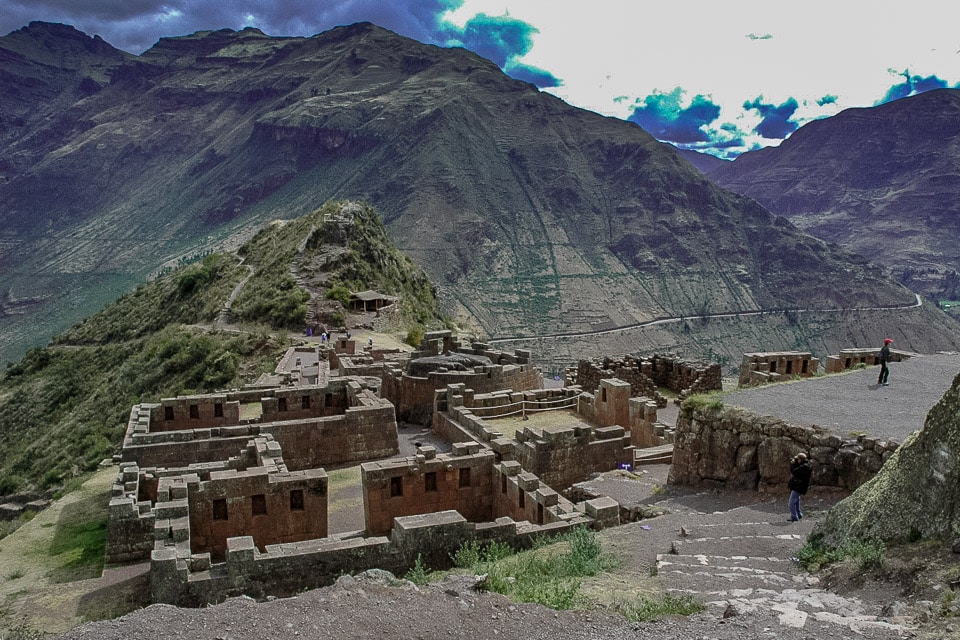
Pisac: A Tapestry of History and Nature
Further into the Sacred Valley is Pisac, a place of historical significance and natural beauty.
Archaeological Complex
Pisac's archaeological complex presents an impressive display of Inca engineering and design. Explore the terraces, temples, and ceremonial platforms that cling to the mountainside. As you navigate this ancient labyrinth, take a moment to appreciate the sheer ingenuity of the Incas.
Vibrant Handicraft Market
The modern village of Pisac features a bustling handicraft market is a treasure trove for art lovers and souvenir hunters alike. Lose yourself in the vibrant colors of intricately woven textiles, exquisite jewelry, and hand-carved wooden crafts. The market provides an opportunity to support local artisans and take home a piece of Peruvian culture.
Hiking to Intihuatana
For those seeking adventure and breathtaking vistas, embark on a hike to Intihuatana, the sacred hitching post of the sun. This picturesque trek offers panoramic views of the valley, with snow-capped peaks as a backdrop. As you stand atop this ancient ritual site, you'll feel a deep connection with the natural world.
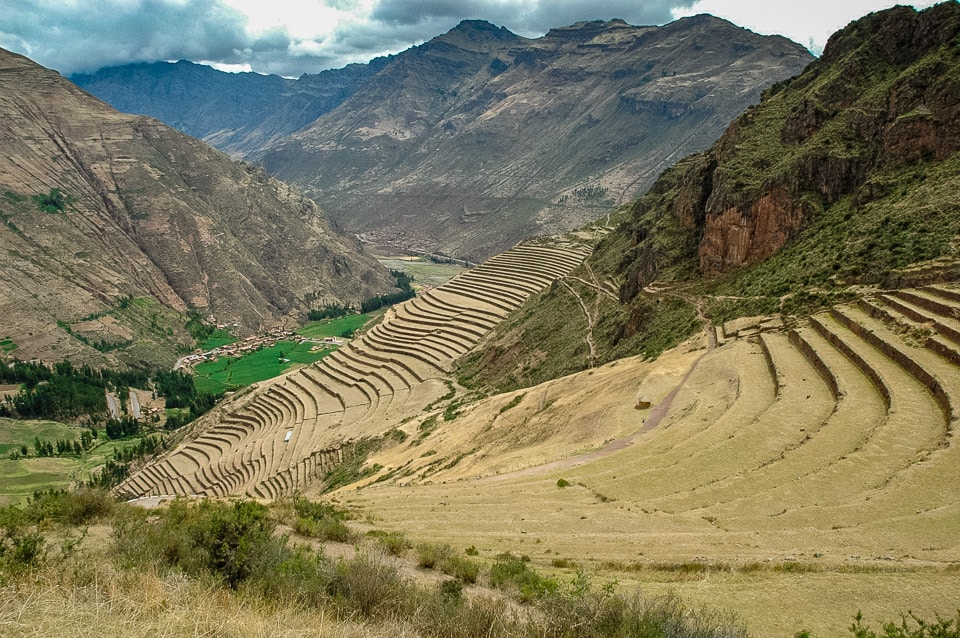
Moray and Maras: Ancient Engineering Marvels
Prepare to be amazed as we venture to Moray and Maras, two sites that showcase the Inca's advanced understanding of agriculture and hydraulic engineering.
Moray Terraces
Moray's circular terraces, reminiscent of a giant amphitheater, served as an agricultural laboratory for the Incas. The varying microclimates within these terraces allowed them to experiment with different crops and agricultural techniques. Wander through this mesmerizing site and marvel at the ingenuity of the Inca people.
Salt Mines of Maras
The salt mines of Maras present a surreal spectacle. Thousands of salt pans cascade down the mountainside, forming intricate patterns of white against the rich red earth. Witnessing the local families painstakingly extract salt using traditional methods is a humbling experience. Don't forget to sample some of the uniquely flavored Maras salt—it's a true gastronomic delight.
Chinchero: A Gateway to Inca Traditions
Another worthwhile stop in the Sacred Valley is Chinchero, a village renowned for its traditional Andean customs and breathtaking landscapes.
Colonial Church and Ruins
Chinchero's main square is dominated by a beautiful colonial church built atop Inca foundations. Explore the intricate artwork and architecture, blending Spanish colonial influences with Inca stonework. Nearby, you'll find the remnants of an Inca palace, providing a glimpse into the past.
Textile Demonstrations
Chinchero is famous for its skilled weavers who uphold centuries-old textile traditions. Visit a local cooperative and witness the intricate process of creating vibrant textiles using natural dyes and traditional techniques. You may even have the opportunity to try your hand at weaving alongside the local artisans.
Authentic Andean Cuisine
Treat your taste buds to the flavors of the Andes by indulging in authentic Andean cuisine. Chinchero boasts a range of traditional dishes, including hearty stews, roasted guinea pig (cuy), and the beloved quinoa. Don't miss the chance to savor these unique culinary delights.
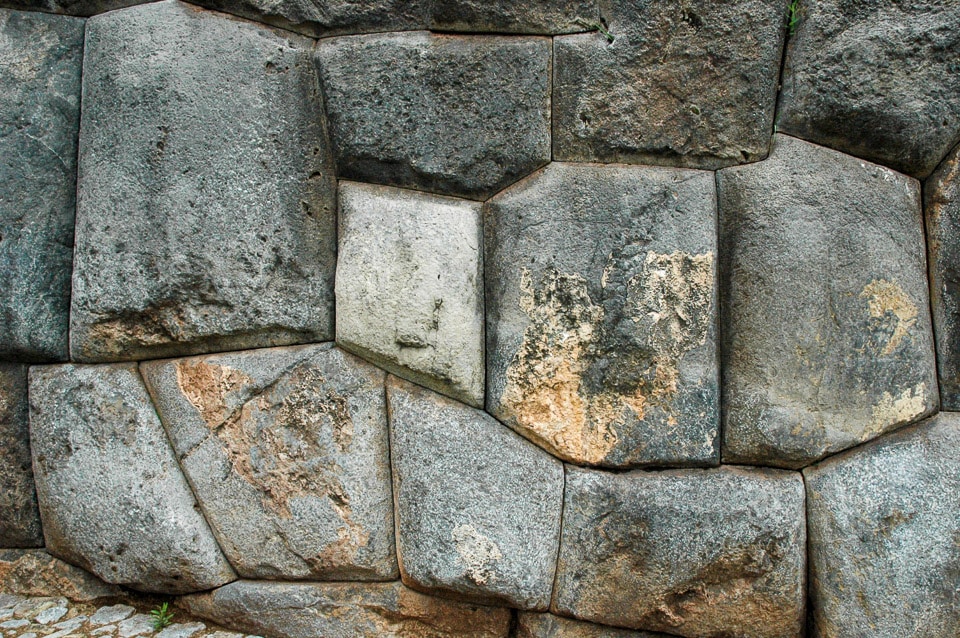
The Ancient Fortress City of Sacsayhuaman
An Architectural Marvel
Sacsayhuaman boasts awe-inspiring architectural marvels constructed by the Incas. The intricate stonework and massive limestone blocks fitted together with remarkable precision leave visitors in awe of the ancient engineering skills displayed in this colossal fortress. Of particular interest, too, is how the worked stone at Sacsayhuaman was integrated into the natural stone outcroppings – a trademark Inca technique.
Historical Significance
As a UNESCO World Heritage site, Sacsayhuaman holds immense historical significance. It was a key stronghold during the Inca Empire and witnessed crucial events in Peru's history. Unfortunately, after the conquest of the Incas by the Spaniards, much of the stone work was carried off and used to build the city of Cusco below to the Spanish standards. You can read more about Sacsayhuaman in this post.
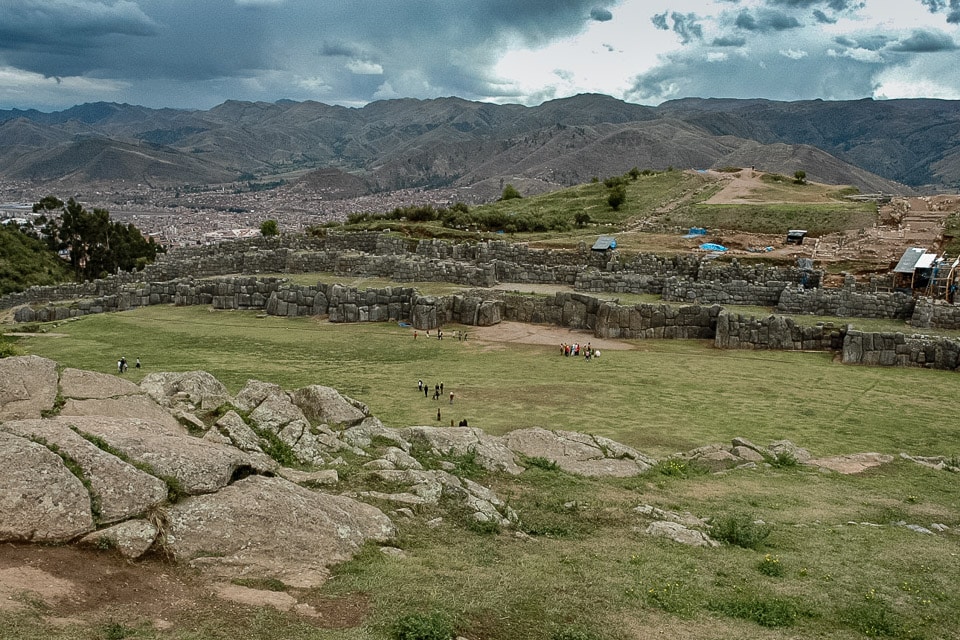
Panoramic Views
Perched on a hill overlooking the city of Cusco, Sacsayhuaman offers breathtaking views of the surrounding valleys and mountains. The sweeping vistas of the Andean landscape create a picturesque backdrop, making it an ideal spot for photographers and nature enthusiasts.
Tips for Exploring the Sacred Valley
Here are some practical tips to enhance your journey to the Sacred Valley.
Best Time to Visit
The Sacred Valley generally enjoys a mild climate, with warm days and cool nights year-round. The dry season from May to September is the most popular time to visit, offering clear skies and comfortable temperatures. However, don't discount the shoulder seasons of April and October, when crowds are thinner, and landscapes burst with vibrant colors. We visited in December, and the crowds were manageable.
Altitude Considerations
As the Sacred Valley sits at high altitude, acclimatization is essential. Take it easy upon arrival, stay hydrated, and allow your body time to adjust to the thinner air. If you experience altitude sickness symptoms, such as headaches or shortness of breath, consult a local guide or seek medical advice. If you are prone to altitude problems, consult your doctor before you come and ask for medicine such as Diamox. Don't be shy about drinking mate de coca, coca tea, which will probably be offered at your hotel.
Transportation Options
The easiest way to explore the Sacred Valley is by arranging private transportation or joining guided tours. This ensures convenience and allows you to make the most of your time. Alternatively, public transportation, such as buses and trains, offers a more budget-friendly option, but may require more planning and flexibility.
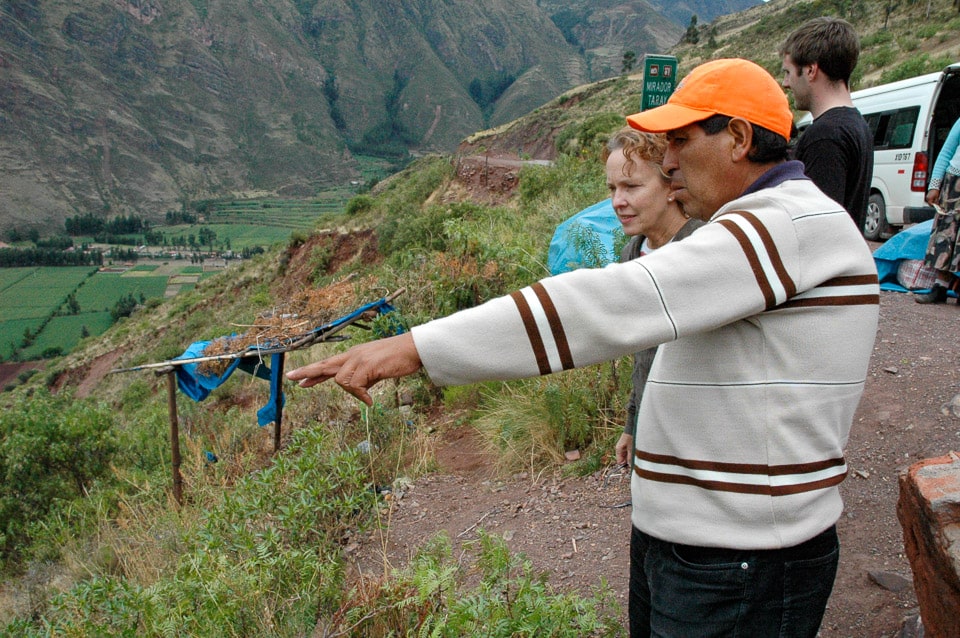
Guided Tours vs. Independent Exploration
Deciding between a guided tour and independent exploration depends on your preferences and travel style. Guided tours provide valuable insights from knowledgeable guides and take care of logistics, while independent exploration allows for more freedom and flexibility. Consider your interests and the level of immersion you seek when making this decision.
Immersing in the Sacred Valley's Spiritual Essence
Beyond its historical and natural wonders, the Sacred Valley offers an opportunity for spiritual introspection and growth.
Energy Centers and Shamanic Practices
The Sacred Valley is believed to be a land of powerful energy centers. Engage in shamanic ceremonies, participate in traditional rituals, and connect with the wisdom of the land. Allow the mystical ambiance of the Sacred Valley to guide you on a transformative journey.
Yoga and Meditation Retreats
Numerous yoga and meditation retreats are scattered throughout the Sacred Valley. Join a retreat led by experienced teachers who combine ancient wisdom with modern practices. Indulge in daily yoga sessions, meditation, and holistic therapies, all set against the backdrop of serene natural surroundings.
The Sacred Valley in Peru is a destination like no other. Its rich tapestry of history, stunning landscapes, and spiritual significance make it a must-visit for adventurers and culture seekers alike. From the legendary Machu Picchu to the charming towns of Ollantaytambo, Pisac, Moray, Maras, and Chinchero, every corner of the Sacred Valley has a story to tell.
What are recommended hotels in the Sacred Valley?
Sonesta Posadas del Inca Yucay near the center of the Valley in Urubamba, is where we stayed. Charming rooms and llamas strolling the grounds are kind of fun.
Las Qolqas EcoResort Ollantaytambo is an upscale eco-lodge that gets very high marks.
Del Pilar Ollantaytambo is rated “Wonderful” on more than one review site.
In general, you can see dozens of listings for Sacred Valley hotels at Booking.com.
FAQs
1. Is it safe to visit the Sacred Valley?
The Sacred Valley is generally safe for tourists. However, it's always advisable to take common safety precautions, such as avoiding isolated areas at night and keeping an eye on your belongings.
2. How long should I spend in the Sacred Valley?
To fully explore the Sacred Valley's highlights, plan for at least three to four days. This allows ample time to visit Machu Picchu, explore the towns and archaeological sites, and immerse yourself in the local culture.
3. Are there any altitude sickness remedies?
To combat altitude sickness, stay hydrated, avoid alcohol and caffeine, and consider chewing coca leaves or drinking coca tea, which the locals believe can help alleviate symptoms. Often coca tea will be served in your hotel lobby. And your guides will often have coca leaves to chew. Both are completely legal in Peru.
Cusco, the closest airport to Machu Picchu is at 3,399 meters (11,152 feet) above sea level. Since Cusco is at a higher altitude than Machu Picchu (nearly 8,000 feet), if you're bothered by the altitude at Cusco, travel down into the Sacred Valley (around 9,000 feet) after landing to acclimate at a lower altitude.
4. Can I visit the Sacred Valley without a guided tour?
Yes, it's possible to explore the Sacred Valley independently. However, hiring a knowledgeable guide for day trips or joining a guided tour can enhance your experience by providing insights into the history, culture, and significance of the sites.
5. What should I pack for a trip to the Sacred Valley?
The weather of the Sacred Valley can be a little unpredictable. Pack layers of clothing, including a rain jacket, as temperatures can vary throughout the day. Don't forget sunscreen, a hat, comfortable walking shoes, a reusable water bottle, and a camera to capture the breathtaking scenery.
Remember, the Sacred Valley is a place of wonder and discovery. So, embrace the adventure, immerse yourself in the ancient heritage, and let the magic of the Sacred Valley reveal itself.
Up Your Travel Skills
Looking to book your next trip? Use these resources that are tried and tested by us. First, to get our best travel tips, sign up for our email newsletter. Then, be sure to start your reading with our Resources Page where we highlight all the great travel companies and products that we trust. Travel Accessories: Check out our list of all the accessories we carry to make getting there and being there a lot easier. Credit Cards: See our detailed post on how to choose the right travel rewards credit card for you. Flights: Start finding the very best flight deals by subscribing to Thrifty Traveler. Book your Hotel: Find the best prices on hotels with Booking.com. See all of the gear and books we like in one place on our Amazon shop.Got a comment on this post? Join the conversation on Facebook, Instagram, or Threads and share your thoughts!

